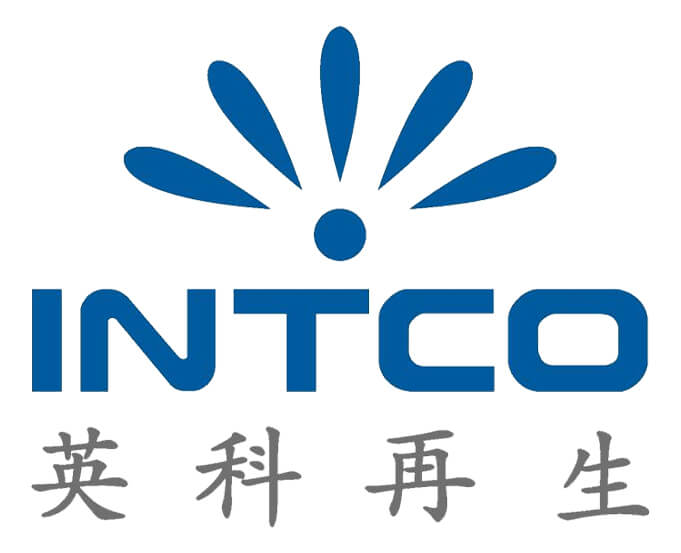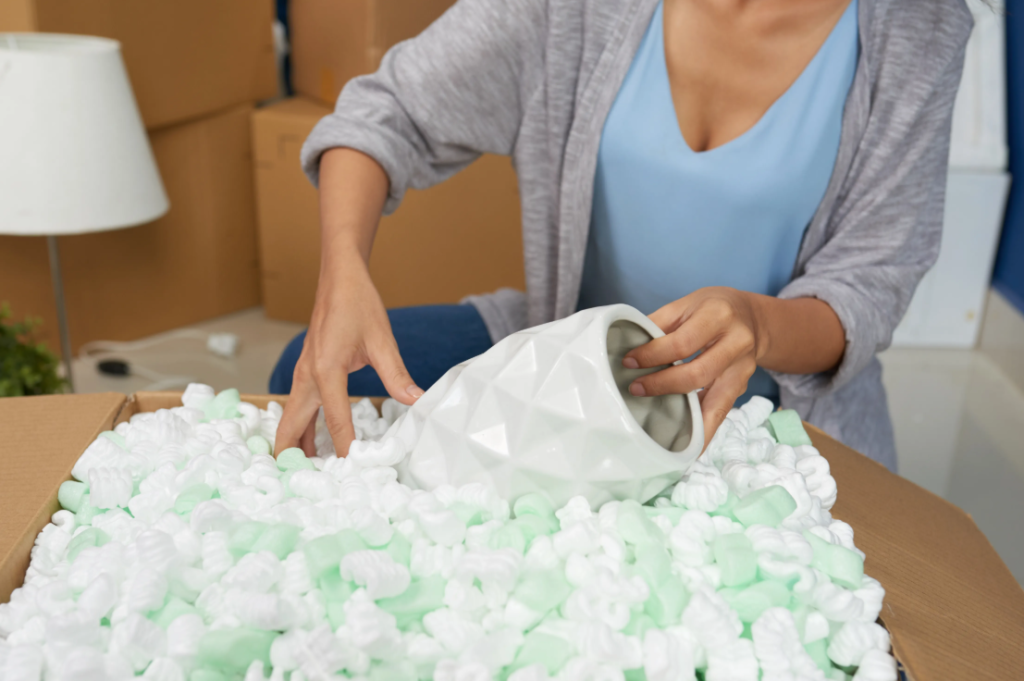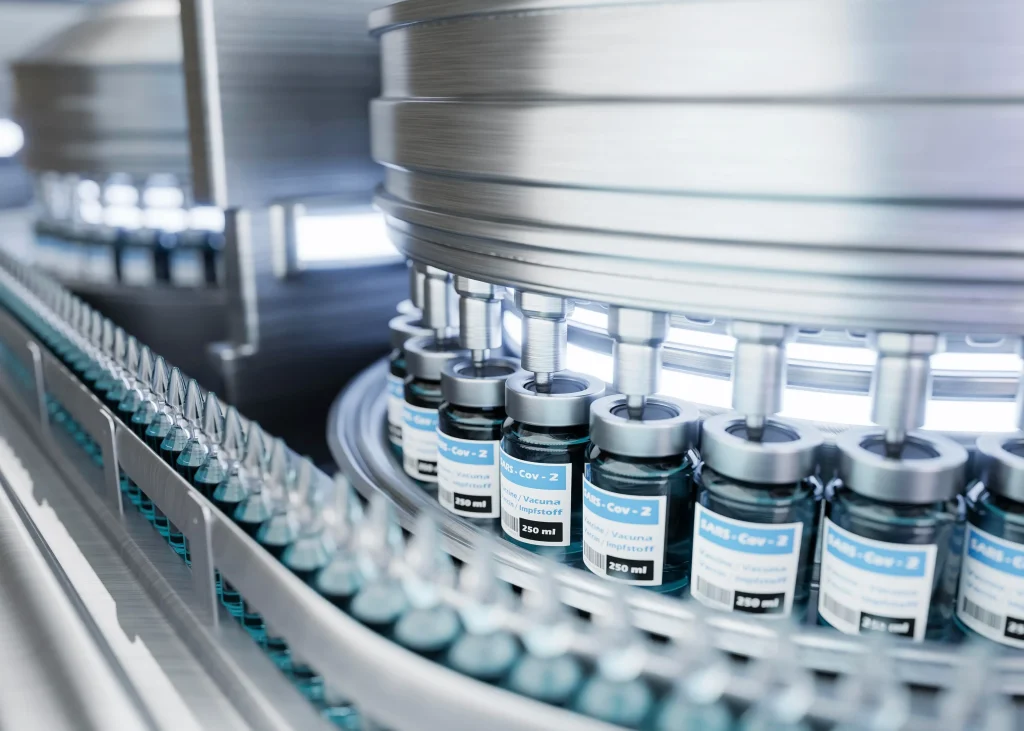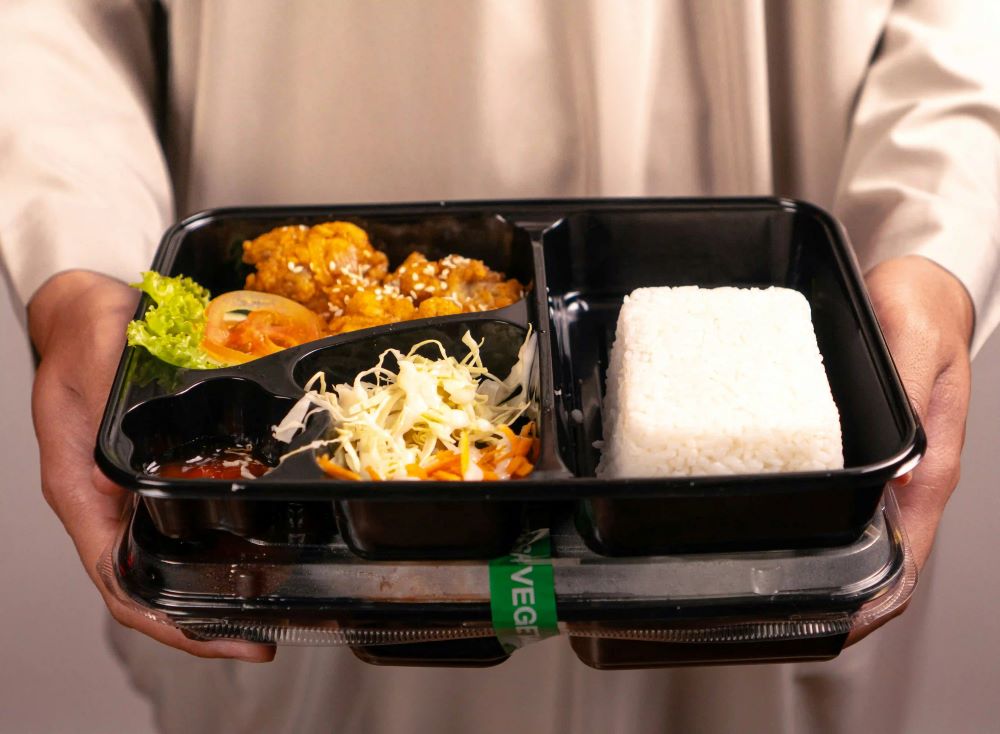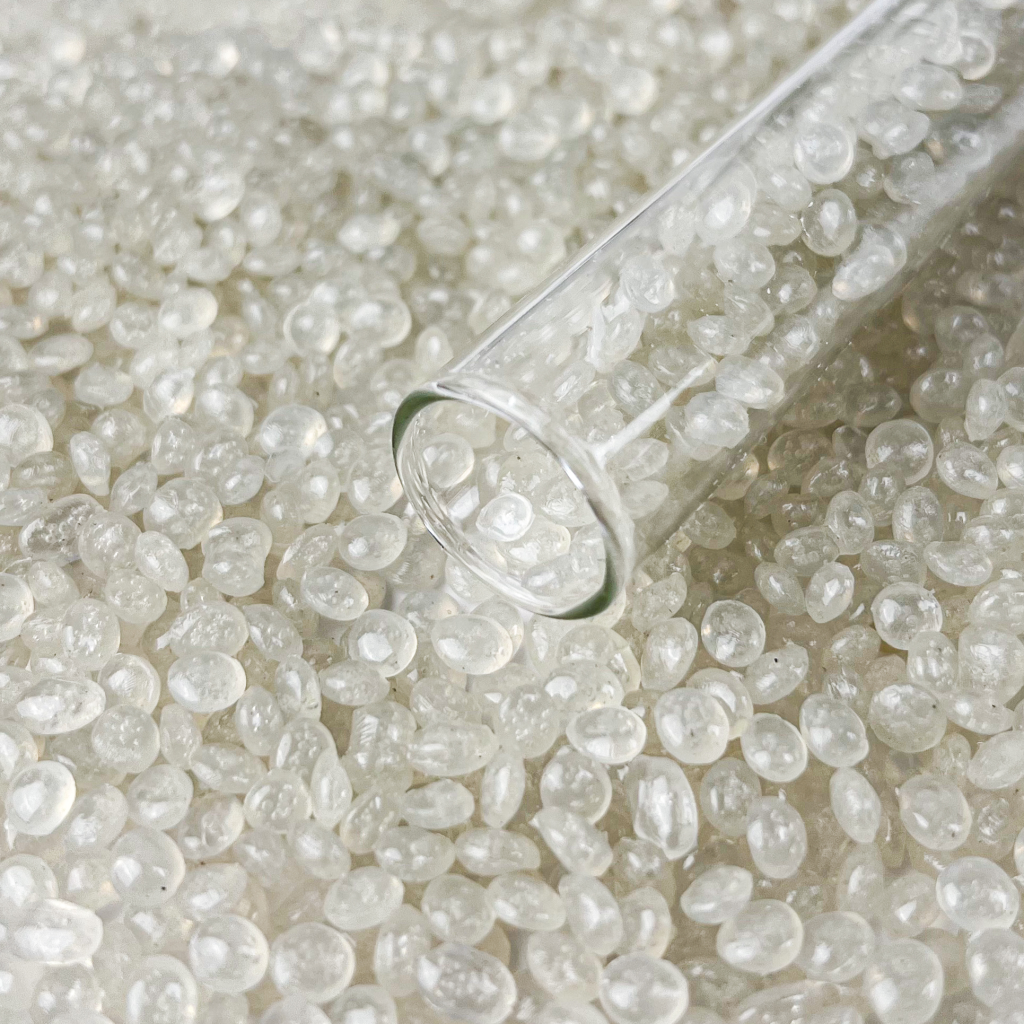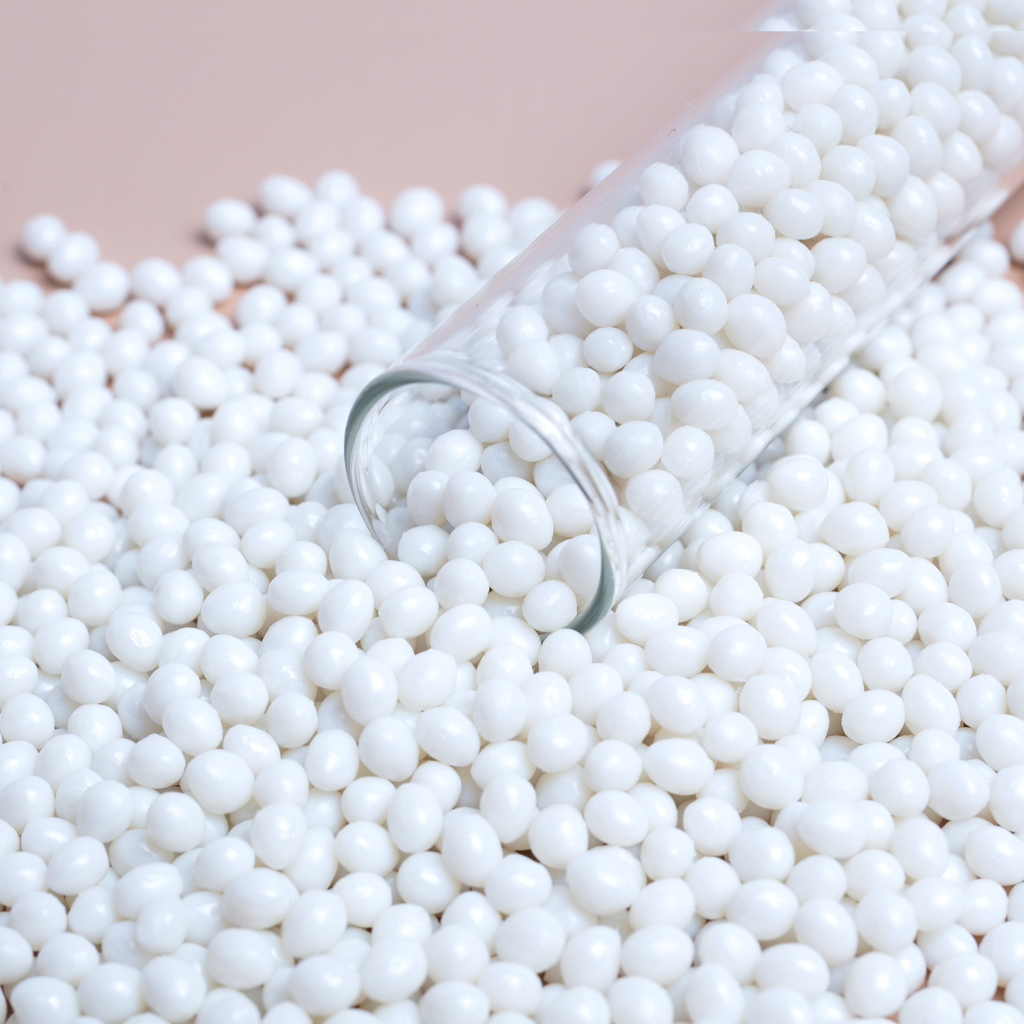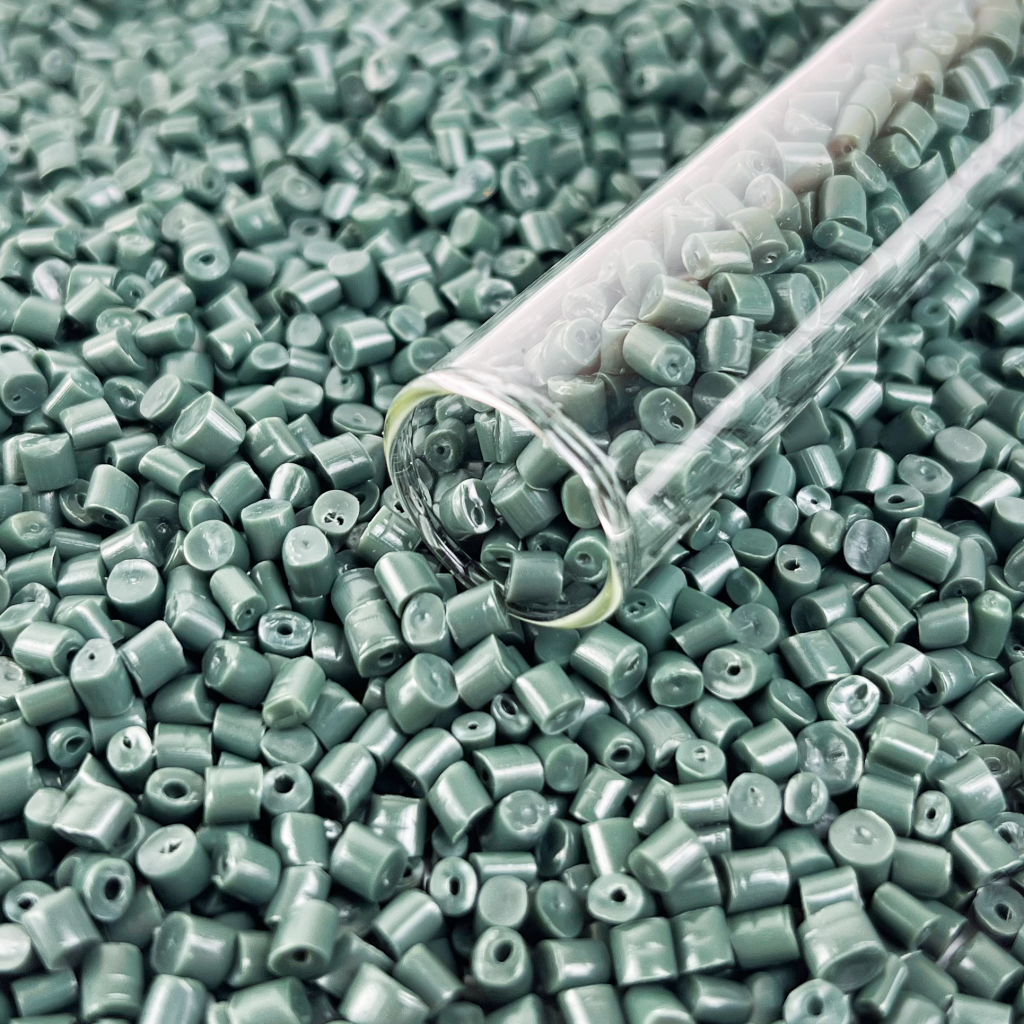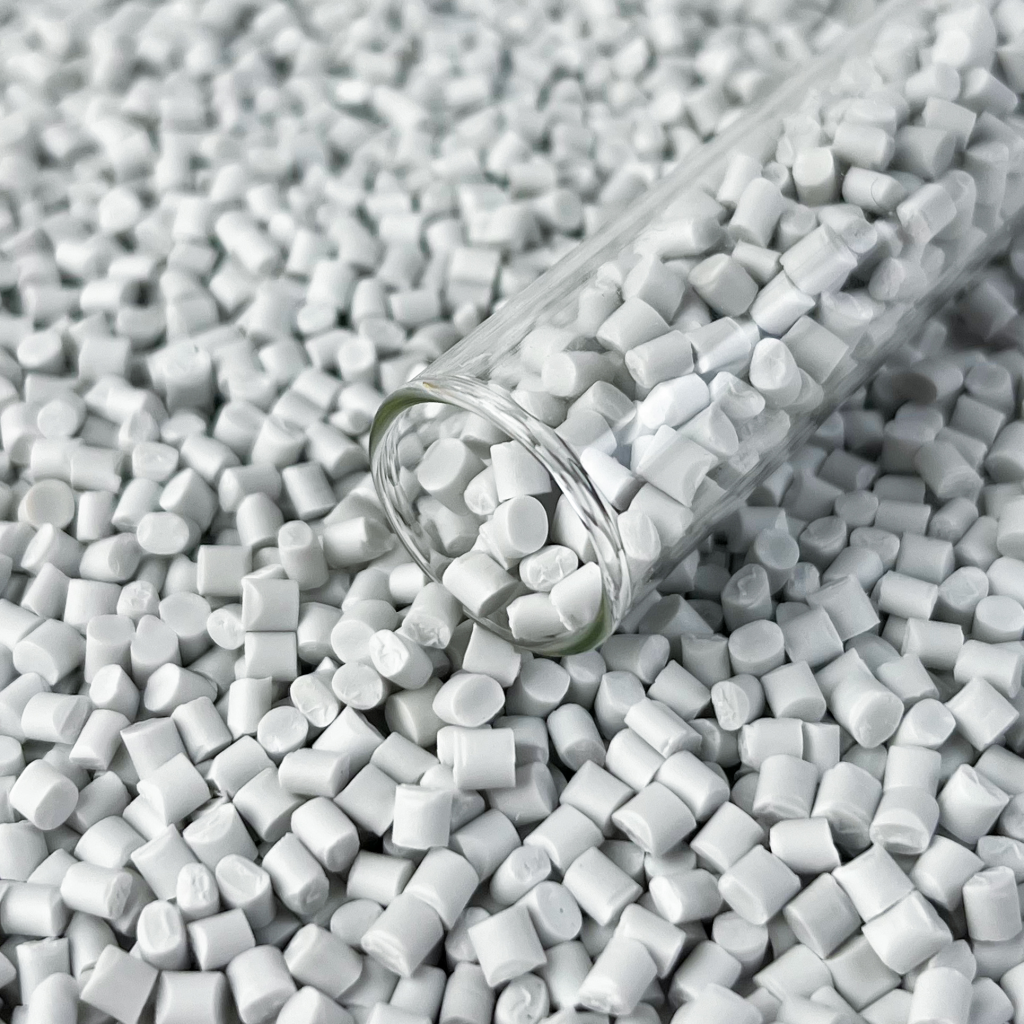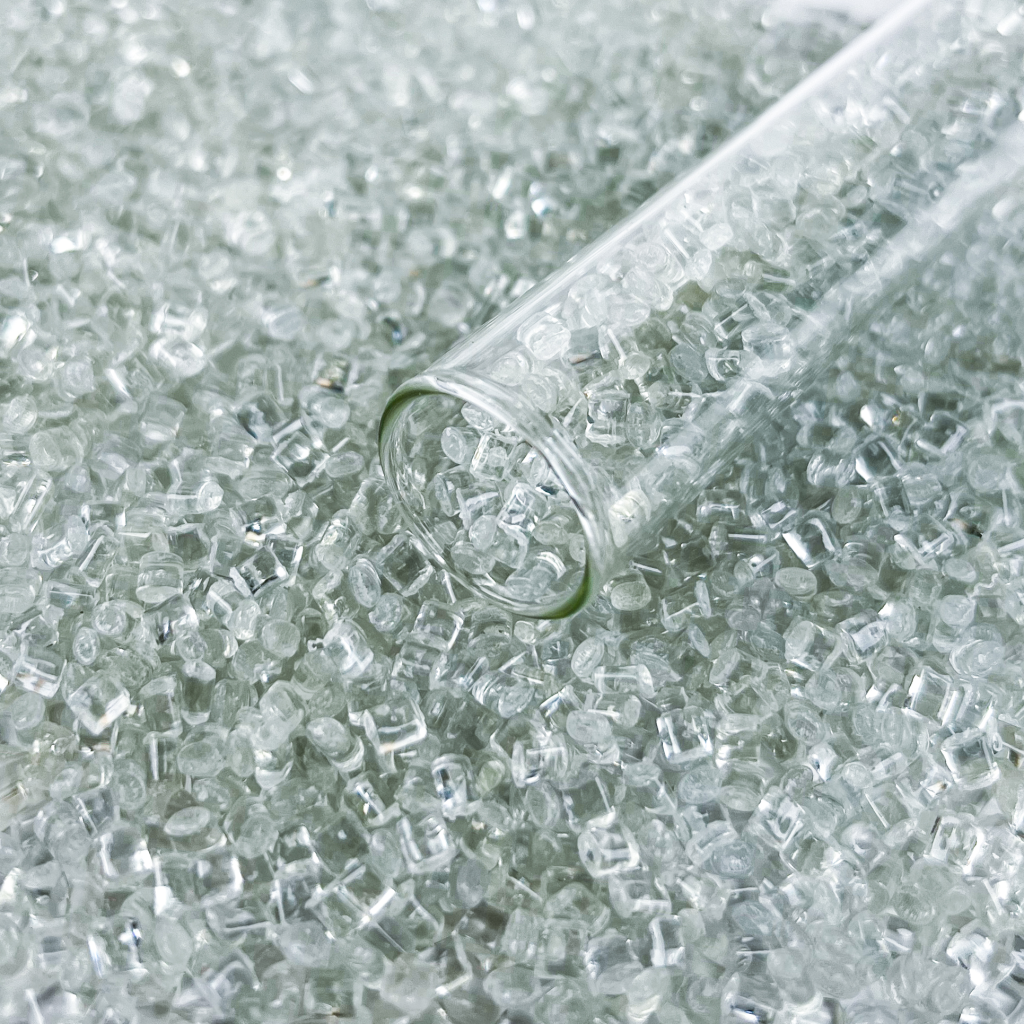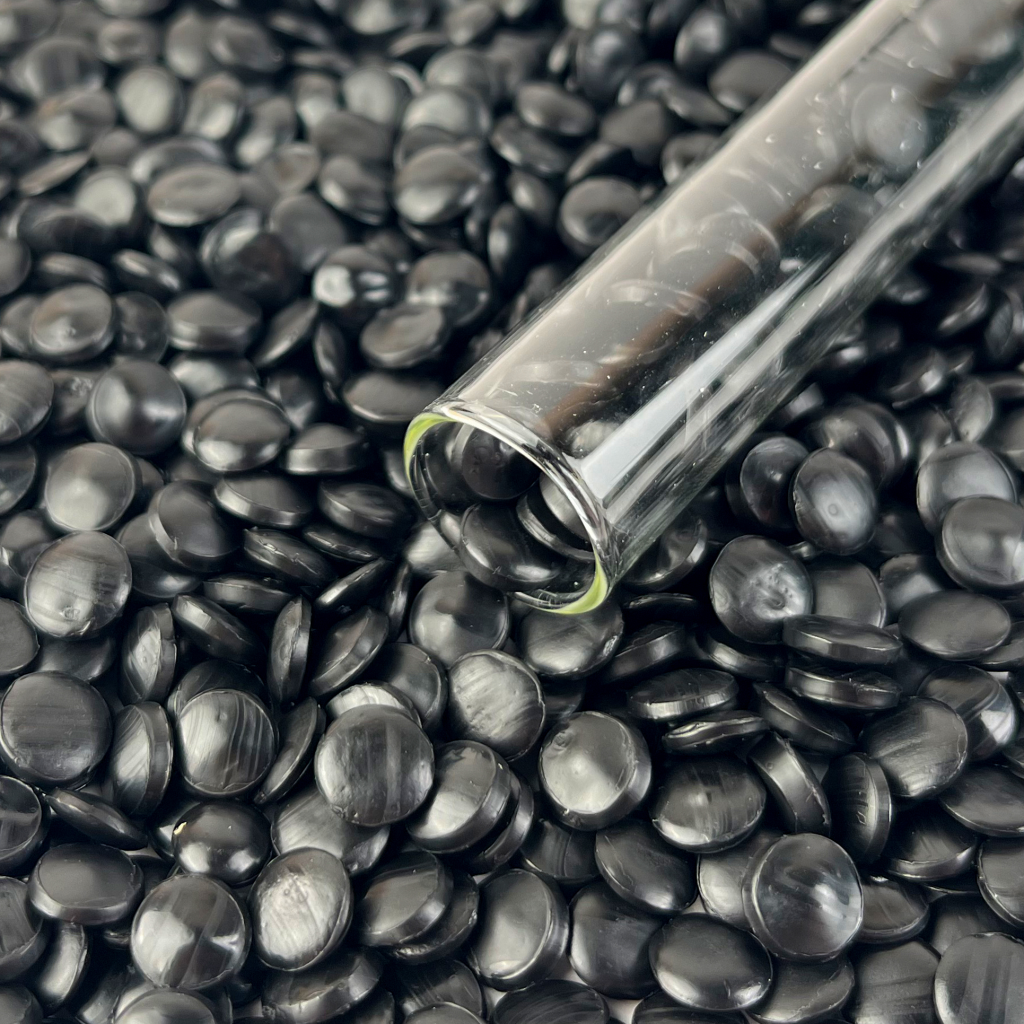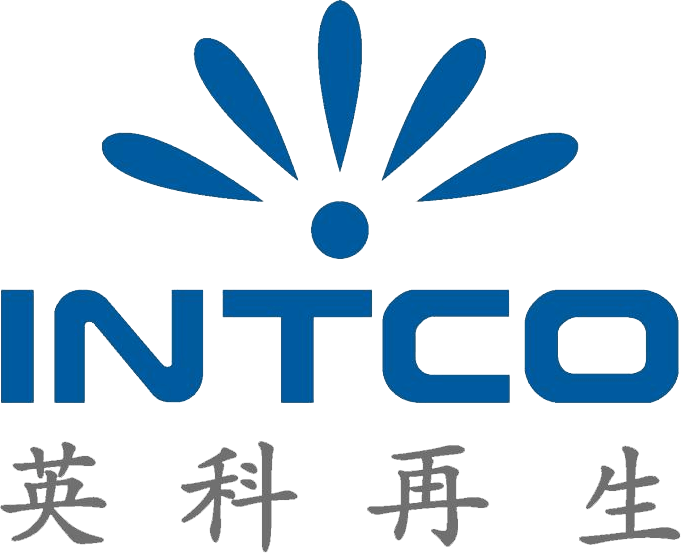The food and beverage field faces strong pressure to adopt green practices. People and regulators want earth-friendly solutions.
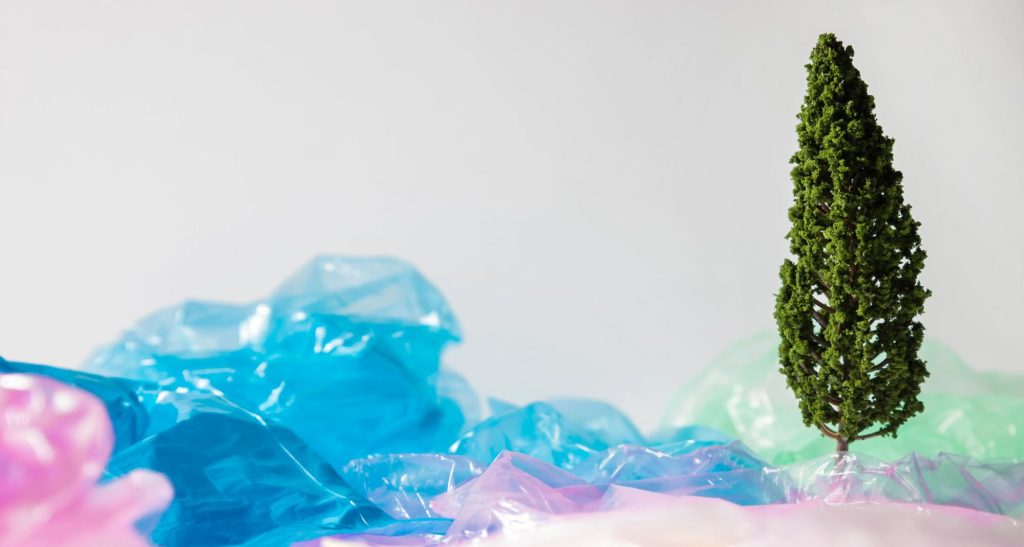
Plastic trash, a worldwide problem, has sparked new ideas in recyclable materials. Food grade rPET plastic leads this change. This recycled material offers a green choice compared to new plastics. It stays safe and useful for food use. In this blog, we explore five key uses of food grade rPET plastic. We show its flexibility and benefits for companies aiming to lessen harm to nature while meeting customer wishes. From bottles to trays, these uses show why food grade rPET plastic is changing the field.
What is Food Grade rPET Plastic?
Definition and Characteristics
Food grade rPET plastic, or recycled polyethylene terephthalate, comes from used PET bottles.
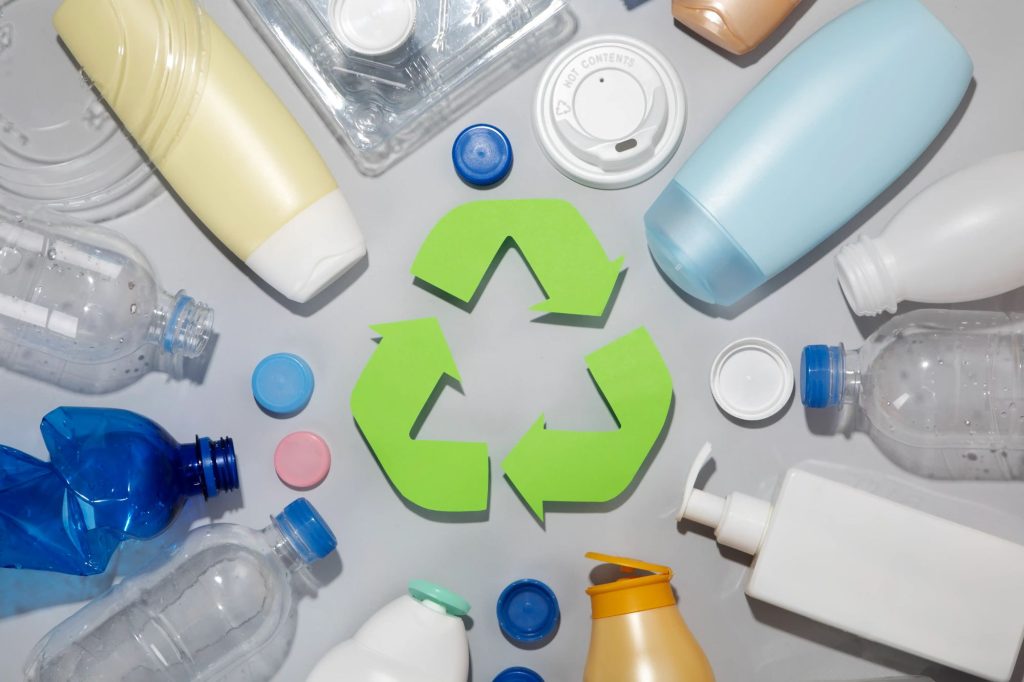
It is carefully processed to meet strict safety rules for food contact. Its main features include:
- Light: It lowers shipping costs and emissions.
- Strong: It handles use and storage well.
- Clear: It makes products look appealing to buyers.
- Certified Safe: It follows FDA, EFSA, and Global Recycled Standard (GRS) rules.
These qualities make food grade rPET plastic a top pick for green packaging.
Why It Matters for the Food Industry
The move toward green practices is reshaping the food and beverage world. Customers increasingly like brands that focus on earth-friendly packaging. A 2023 study found 73% of people worldwide will pay more for green products. Food grade rPET plastic meets this need. It cuts the use of new plastics. It also supports a cycle where materials are reused. This helps companies lower their environmental impact. It aligns with goals like the EU’s aim for 25% recycled content in PET bottles by 2025.
Top 5 Applications of Food Grade rPET Plastic in the Food and Beverage Industry
Application 1: Beverage Bottles
Food grade rPET plastic is often used to make bottles for water, sodas, and juices. Its clarity and strength match new PET. This makes it great for showing colorful drinks. The recycling process ensures safety. It involves thorough cleaning and testing to remove harmful substances. Big brands like Coca-Cola and PepsiCo use rPET bottles. Some even use 100% recycled content. Benefits include:
- Less plastic trash by reusing old bottles.
- Lower energy use compared to making new plastic.
- Better brand image among green-minded customers.
Application 2: Food Packaging Containers
Clamshell boxes, salad bowls, and deli holders made from food grade rPET plastic are common in stores and eateries. These containers are strong and clear. They keep food safe and show fresh items well. For example, rPET clamshells protect soft fruits like berries. They are also fully recyclable. Key advantages include:
- Green option compared to one-use new plastics.
- Flexible designs for branding and customer appeal.
- Works well with current recycling systems.
The table below compares rPET containers to new plastic options:
| Feature | Food Grade rPET Plastic | New Plastic |
| Recyclability | High | Medium |
| Environmental Impact | Low | High |
| Customer View | Green | Less liked |
Application 3: Trays for Food Products
rPET trays hold baked goods, fruits, and ready meals. They are light and recyclable. These trays can be shaped to include logos or designs that catch the eye on shelves. They use up to 50% less energy to make than new plastic trays, based on studies. Benefits include:
- Less trash in landfills due to recycling.
- Support for green supply chains.
- Useful for both hot and cold food items.
Application 4: Food-Grade Films and Wraps
Food grade rPET plastic creates films and wraps for snacks, vegetables, and frozen foods. These films block moisture and air well. This keeps food fresh longer. For example, rPET wraps package fresh vegetables. They meet customer demand for clear, green solutions. Advantages include:
- Easy to recycle, helping reuse goals.
- Strong protection for food freshness.
- Light design, cutting shipping emissions.
Application 5: Reusable Food Storage Solutions
Food grade rPET plastic is used for reusable boxes, like meal prep containers and home storage. These boxes are tough and safe for repeated use. They appeal to people who care about the environment. The rise in meal prepping has increased demand. rPET containers offer a green choice over one-use plastics. Benefits include:
- Long-lasting strength for many uses.
- Safe for dishwashers and microwaves (if specified).
- Matches customer trends toward green living.
Each of these applications shows how food grade rPET plastic helps companies meet green goals. It also keeps products safe and appealing. The material’s flexibility makes it a top choice for modern packaging needs.
INTCO: A Leader in rPET Manufacturing
INTCO Recycling is a world leader in recycled plastics. They focus on making high-quality food grade rPET plastic. They have factories in China, Malaysia, and Vietnam.

INTCO handles the full process, from collecting used PET bottles to creating rPET pellets and products. Their advanced methods ensure safety and green standards. They hold FDA, EFSA, GRS, and Oceancycle certifications. INTCO works to cut emissions and support a reuse cycle. This makes them a trusted partner for food and beverage companies seeking green packaging.
FAQs About Food Grade rPET Plastic
Q1: What is food grade rPET plastic made from?
A: Food grade rPET plastic comes from used PET bottles, like those for water or soda. These bottles are cleaned, sorted, and processed carefully. This ensures they meet strict safety rules.
Q2: Is food grade rPET plastic safe for food packaging?
A: Yes, food grade rPET plastic is safe. It follows tight rules from groups like the FDA and EFSA. The recycling process removes harmful substances. This ensures no risk to food safety.
Q3: How does food grade rPET plastic help the environment?
A: Food grade rPET plastic uses up to 50% less energy than new plastic production. It also cuts emissions and keeps plastic out of landfills. This supports a system where materials are reused.
Q4: Can food grade rPET plastic be recycled multiple times?
A: Yes, food grade rPET plastic can be recycled many times. It keeps its main qualities. This makes it a green choice for packaging and cuts the need for new materials.
Call to Action
Being green is now a must for businesses. Using food grade rPET plastic helps food and beverage companies meet customer demand for earth-friendly packaging. It also reduces harm to nature. Explore how rPET can improve your packaging plans. Visit INTCO’s website at https://www.intcoplastics.com/ for more details. Contact their team to find custom rPET solutions for your needs. Take a step toward a greener future today.
